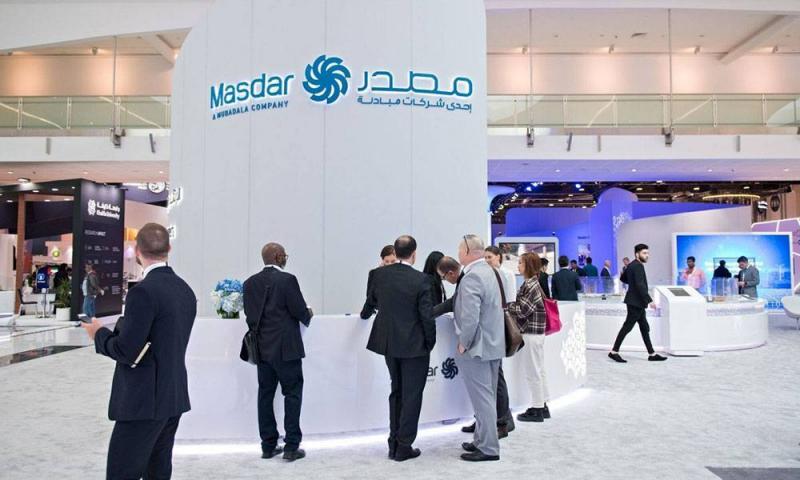A UAE energy ministry official stated today, Tuesday, that the country aims to produce 1.4 million tons of hydrogen annually by 2031, with expectations to increase the figure tenfold to 15 million tons by 2050. The UAE, one of the largest oil exporters in the world, is preparing to host the United Nations climate change conference (COP28) at the end of November, and its climate change measures are under scrutiny.
The UAE's hydrogen production goals are part of a broader review of its energy strategy for 2050 to better align with the plan announced in 2017, which aims for climate neutrality by mid-century. The Undersecretary for Energy and Petroleum, Sharif Al-Olama, told Reuters, "Hydrogen produced using renewable energy is expected to gradually become cheaper, and the UAE will be a major producer." He added, "We realized that hydrogen will be a key part of the energy mix within ten years, not in three or five years."
Al-Olama noted that policy frameworks, including the U.S. Inflation Reduction Act and support in Europe and India, will lower costs by encouraging large-scale production. He mentioned that "two hydrogen hubs" or production centers would be established in Ruwais and the Khalifa Industrial Zone in Abu Dhabi (KIZAD), with a total of five centers expected by 2050.
Climate Change and Environment Minister Mariam Al-Mheiri announced a comprehensive roadmap to reduce carbon emissions by 40% by 2030 instead of 31%. The Emirati clean energy company Masdar is expected to produce one million tons of green hydrogen by 2031 out of a total of 1.4 million tons, with the remaining 0.4 million tons produced from blue hydrogen using natural gas.
The revised energy plan includes tripling renewable energy production capacity to 14 gigawatts by 2030, up from the current 3.2 gigawatts. As a result, total electricity generation costs are expected to decrease by 100 to 150 billion dirhams by 2030.




